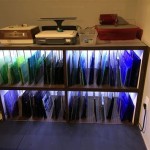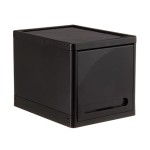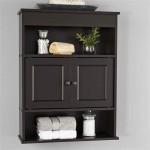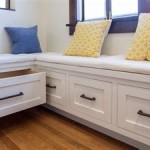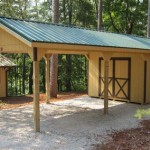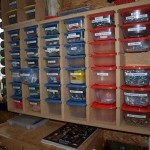Essential Aspects of Creative Baby Room Storage Ideas for School Students with Autism
Creating a functional and stimulating storage system for school students with autism in their baby rooms is crucial for supporting their organization, independence, and overall well-being. Here are essential aspects to consider:
Visual Clarity and Simplicity
Students with autism often benefit from visual cues and clear organizational structures. Choose storage units with transparent containers or compartments that allow them to easily identify and retrieve their belongings. Consider using visual labels, color-coding, or pictures to further enhance visual clarity.
Accessibility and Functionality
Storage solutions should be within easy reach and accessible to students with different physical abilities. Open shelves, low-level drawers, and adjustable organizers can make it easier for them to retrieve and organize their items independently. Ensure there is sufficient space for them to safely navigate and explore their storage units.
Multipurpose Storage
Consider storage units that serve multiple functions. For instance, a toy chest can double as a seat, while a bookshelf can provide display space for favorite books and sensory objects. This not only maximizes space but also encourages students to engage with their environment in a variety of ways.
Sensory Stimulation and Comfort
Incorporate sensory elements into the storage system to provide calming and stimulating experiences. Soft and textured organizers, tactile materials, or soothing colors can help regulate sensory needs. Consider using calming scents or music in the storage area to create a relaxing atmosphere.
Flexible and Adjustable
As students grow and their needs evolve, the storage system should be flexible enough to adapt. Adjustable shelves, removable bins, and reconfigurable units allow for easy modification to meet changing requirements. This ensures that the storage system continues to support their needs throughout their developmental journey.
Personalized and Engaging
Involve students in the design and organization of their storage system. Encourage them to choose colors, patterns, and themes that reflect their interests and personality. This helps create a sense of ownership and makes the storage space more appealing and engaging for them.
Additional Tips for Success
- Use a timer for clean-up activities to establish clear expectations and promote independence.
- Regularly declutter and organize the storage system to prevent overwhelm and maintain functionality.
- Create designated storage areas for different categories, such as toys, books, clothing, and sensory items.
- Provide opportunities for students to practice organizing and retrieving their belongings independently.
- Collaborate with parents, teachers, and therapists to ensure the storage system aligns with the student's individual needs and supports their educational goals.
By incorporating these essential aspects, you can create a creative and supportive baby room storage system that fosters organization, independence, and well-being for school students with autism.

Montessori Furniture Interactive Sensory Wall Panel For Kids Space Baby Room Autism Therapy Sound And Activity Tactile

Doctor Office Toys Sensory Item Busy Board For Wall Activities Autism Pediatric Decor Activity Kids

9 Playroom Ideas For Kids Brilliant Design And Storage Solutions Tiny Hands Tidy Home

15 Gorgeous Nursery Ideas Stunning Organization Decor Inspiration For Baby Tiny Hands Tidy Home

16 Nursery Bookshelf Ideas That Will Make Your Baby S Room Look Adorable Tiny Hands Tidy Home

Transform Your Closet To A Sensory Escape Reading Nook

15 Stunning Nursery Shelf Ideas You Ll Want To Copy Right Away Tiny Hands Tidy Home

How To Build A Sensory Room Southpaw

16 Nursery Bookshelf Ideas That Will Make Your Baby S Room Look Adorable Tiny Hands Tidy Home

15 Gorgeous Nursery Ideas Stunning Organization Decor Inspiration For Baby Tiny Hands Tidy Home
Related Posts

